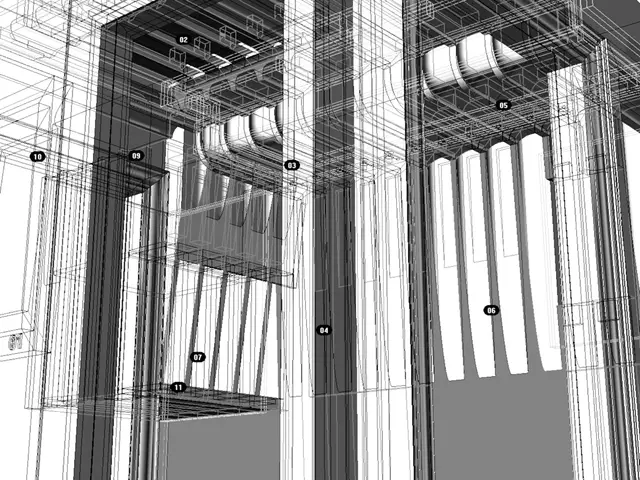AI Drives Rapid Evolution in Vietnam's Cybersecurity Landscape
The cybersecurity landscape in Vietnam is evolving rapidly, with AI playing an increasingly significant role. Over 80% of organisations are already using AI in their security environments, with top use cases including automated response and predictive threat modelling. However, this increased adoption has also led to a rise in AI-powered cyber threats, with nearly 52% of organisations encountering them in the past year.
The demand for specific cybersecurity roles has surged, with security data scientists, threat intelligence analysts, and AI-specific professionals being highly sought after. Organisations are shifting towards unified cybersecurity frameworks for end-to-end visibility and simplified management. Despite the increased use of AI, its adoption is focused on light-touch tasks, with limited trust in autonomous action. Cybersecurity budgets are trending upward, with the top five areas of investment being identity security, network security, SASE/Zero Trust, cyber resilience, and cloud-native application protection. AI is transforming both defensive and offensive aspects of cybersecurity, enabling faster and more adaptive attacks. However, only 6% of an organisation's total workforce is allocated to cybersecurity, with many teams under-resourced and lacking dedicated focus.
The top five cybersecurity roles in demand in Vietnam reflect the growing importance of AI in the field. Organisations are adapting by shifting towards unified frameworks and investing in specific areas. However, the increasing threat of AI-powered cyber attacks highlights the need for organisations to strengthen their social security measures and allocate more resources to their cybersecurity teams.
Read also:
- Web3 social arcade extends Pixelverse's tap-to-earn feature beyond Telegram to Base and Farcaster platforms.
- Germany's Customs Uncovers Wage, Immigration Violations in Hotel Industry
- Thriving once more: recovery of the gaming sector's downfall
- U.S. & China Agree to Temporary Trade Truce, Easing Tariffs







